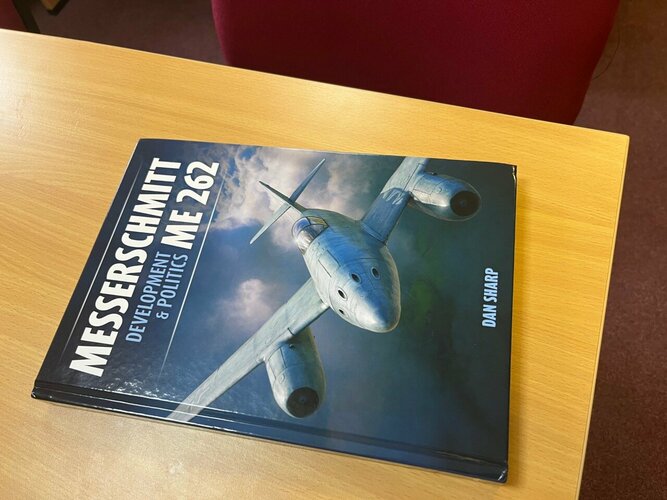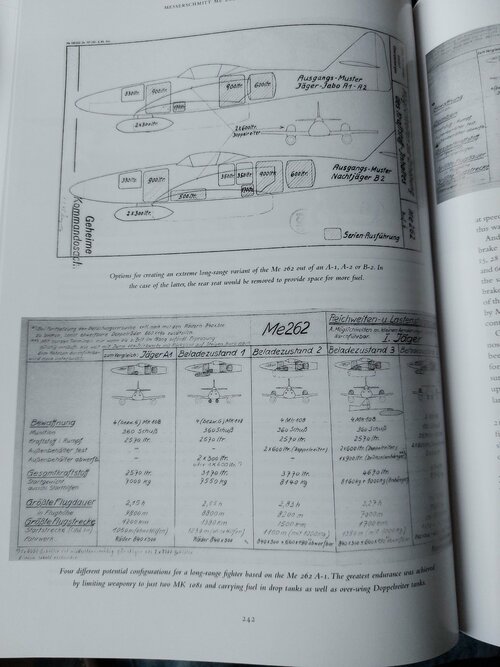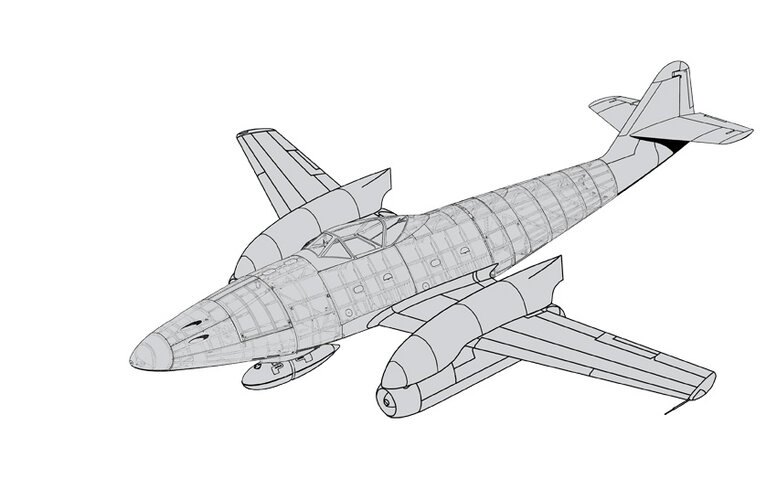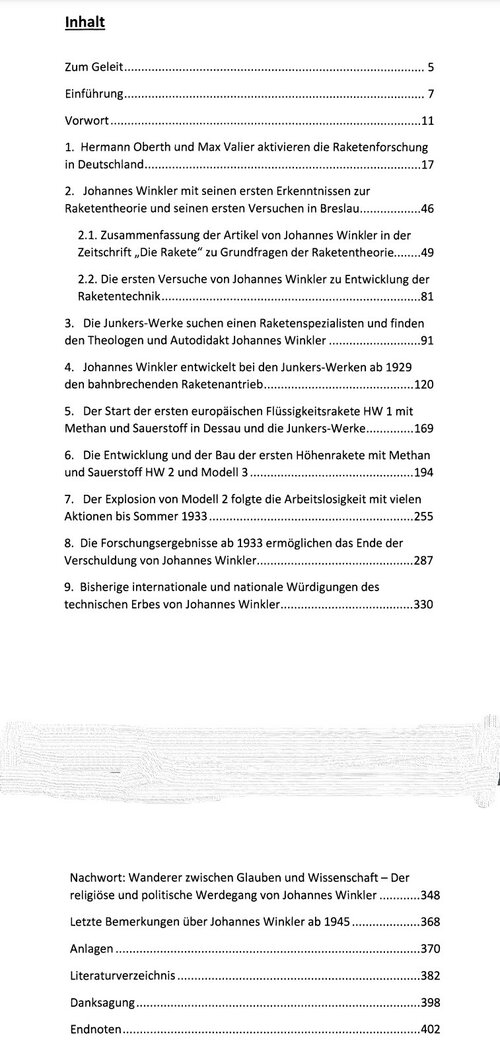- Joined
- 11 June 2014
- Messages
- 1,533
- Reaction score
- 2,848
Some further notes about what this book is and what it isn't.
As mentioned, it's grounded in cited primary source documents throughout - so if I make a point about something you can see what evidence there is underpinning it, should you wish to. Taking surviving German wartime documents as a whole, a very significant proportion of them - I would hazard a guess at something like 10% - either concern the Me 262 directly or contain information which informs the Me 262's story. This amounts to thousands of documents and I have, consequently, collected and processed thousands of documents on the Me 262, distilling the information they contain into the book.
I read other people's books as widely as possible both before and during the writing process, so I'm well aware of what's previously been written about the Me 262; I was able to test assertions made in those books against the primary sources to see whether they had any validity.
Although the book is 160,000w long, it's rather economical in the sense that there are no biographies of the key players involved, no tech explanations of how a turbojet works, no lengthy back story about the Messerschmitt company and its founding etc. Nor is there anything much on the pilots who flew the Me 262, their units or their missions. Those 160,000w are about design, development, discussion and decision-making - with a side order of production.
I assumed that anyone who reads a book with both 'Me 262' and 'politics' in the title would already be at least familiar in passing with the Me 262 story. In fact, this is really a book for people who've read that story elsewhere - probably different, conflicting versions of that story - and who wondered which was right.
My core goal, really, was to find out what actually happened to the Me 262 all the way through from 1938 to 1945 by using the historical sources rather than whatever appears in other people's books.
What emerges, I think, is a rather more complex and nuanced story than anyone, including me, would have expected.
As mentioned, it's grounded in cited primary source documents throughout - so if I make a point about something you can see what evidence there is underpinning it, should you wish to. Taking surviving German wartime documents as a whole, a very significant proportion of them - I would hazard a guess at something like 10% - either concern the Me 262 directly or contain information which informs the Me 262's story. This amounts to thousands of documents and I have, consequently, collected and processed thousands of documents on the Me 262, distilling the information they contain into the book.
I read other people's books as widely as possible both before and during the writing process, so I'm well aware of what's previously been written about the Me 262; I was able to test assertions made in those books against the primary sources to see whether they had any validity.
Although the book is 160,000w long, it's rather economical in the sense that there are no biographies of the key players involved, no tech explanations of how a turbojet works, no lengthy back story about the Messerschmitt company and its founding etc. Nor is there anything much on the pilots who flew the Me 262, their units or their missions. Those 160,000w are about design, development, discussion and decision-making - with a side order of production.
I assumed that anyone who reads a book with both 'Me 262' and 'politics' in the title would already be at least familiar in passing with the Me 262 story. In fact, this is really a book for people who've read that story elsewhere - probably different, conflicting versions of that story - and who wondered which was right.
My core goal, really, was to find out what actually happened to the Me 262 all the way through from 1938 to 1945 by using the historical sources rather than whatever appears in other people's books.
What emerges, I think, is a rather more complex and nuanced story than anyone, including me, would have expected.





![20221126_115151[1].jpg](/data/attachments/223/223480-c4c2159d1a77e865d54f9d02202858d5.jpg)
